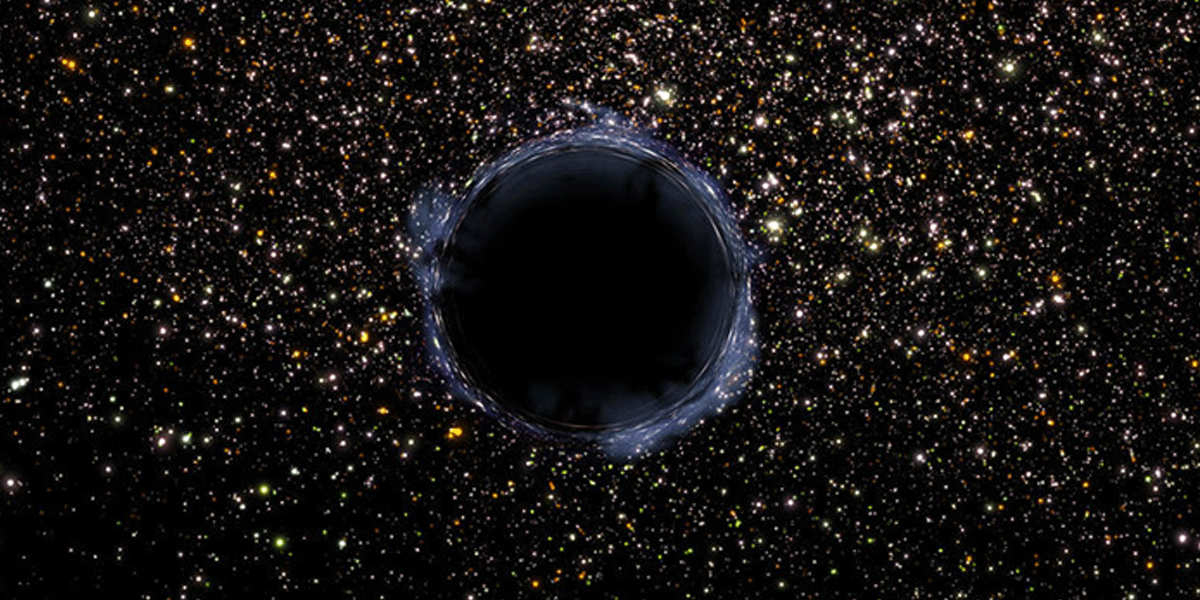
- This event has passed.
Family Astronomy Night – VIRTUAL EVENT
October 12, 2022 @ 7:00 pm - 8:30 pm EDT
FREE
Black Holes: What’s Left When the Very Largest Stars Die – (Plus: Saving the Earth from Asteroids!)
What is a black hole? And who first proposed such a strange concept—an object that distorts both time and space in seemingly crazy ways? How big are black holes, and how massive? How can such strange things form? Are black holes truly black, or can we see them? Where would we look? How could one be detected? Perhaps most important—have we detected any? And just for fun: what would happen if we fell into one? Plus—have you heard that NASA is trying to move an asteroid around? And are you ready for the planets, constellations, and meteors that October has to offer? Join us by Zoom to learn more!
Please register below to receive the Zoom login. You may register up to the presentation start time or even during the meeting to join us.
https://msu.zoom.us/webinar/register/WN_tczUNB1ARjW8z3OkStQvyw
Time allowed for live Q & A throughout the event. ASL Interpretation featured during the event.
We will chronicle the development of black holes as theoretical ideas, describe some of the strange properties that they are predicted to have, discuss what is needed for them to form, and speculate on where such conditions might exist. We will also describe some of the first (and best) candidates for black holes, then follow up with some strong observational evidence that black holes really do exist. Along the way we will answer the questions we posed above, and we will also debunk a few common misconceptions about black holes. Finally, for our technology update, we will describe NASA’s recent DART mission and how scientists are trying to protect the Earth from a collision with a major asteroid.
And, as always, we will show you how to find many cool things that are in the sky this month and into November. Did you know that mighty Jupiter currently dominates the sky, and that Saturn is also easily visible? Are you aware that, this fall, these two planets create the best signposts to find Capricorn and Aquarius for the next many years? Have you been watching Mars making a “moving red triangle” with red stars Aldebaran and Betelgeuse? Have you noticed the Summer Triangle, with its constellations of the Swan, the Eagle, and the Lyre? Did you know that two of our tiniest and cutest constellations (the Arrow and the Dolphin) are easily visible right now, as is “the loneliest star”? Are you ready for the Orionid meteor shower? We will help you see all of these things for yourself.
Please join our mailing list to receive notices about upcoming Astronomy Night presentations and other events at St. Andrews!
Michigan State University is committed to providing equal opportunity for participation in all programs, services, and activities. Accommodation for persons with disabilities may be requested by contacting 989 374-9903 or lightcla@msu.edu.
Programming is made possible through the support of several local organizations: the Herbert H. and Grace A. Dow Foundation, the Rollin M. Gerstacker Foundation, the Charles J. Strosacker Foundation, and the Dow Chemical Company Foundation.


